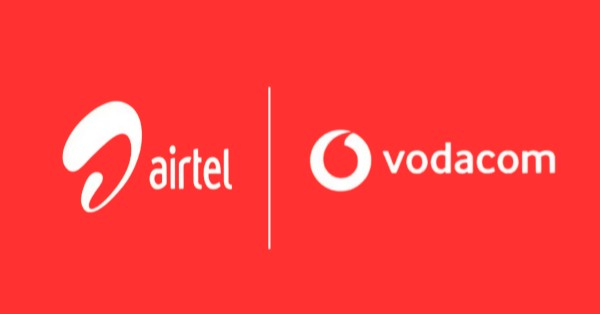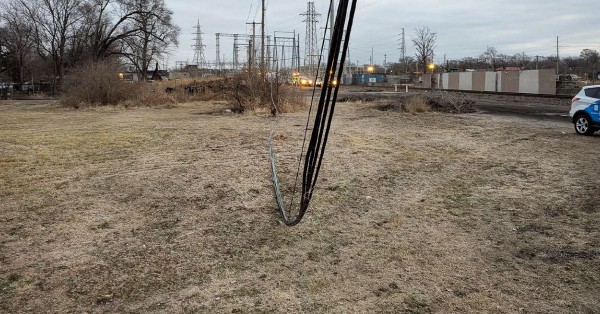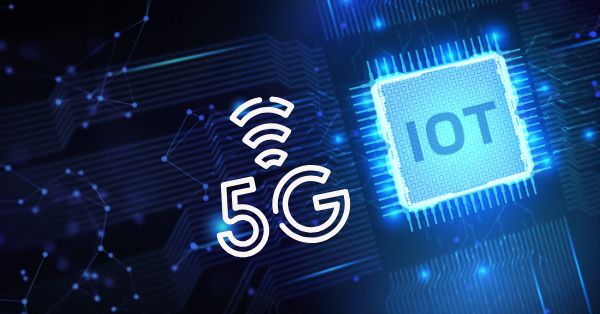- Usecase
- September 29, 2025
- Hema Kadia
Boldyn Networks and O2 have upgraded AO Arena Manchester with a cutting-edge neutral host 5G DAS. Designed to support over a million annual attendees, the shared infrastructure enhances livestreaming, digital ticketing, and real-time services. The rollout delivers seamless mobile performance for fans, vendors, and staff, setting a new standard for large venue connectivity in the UK.






























